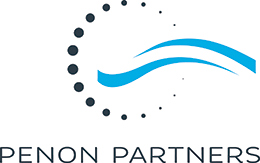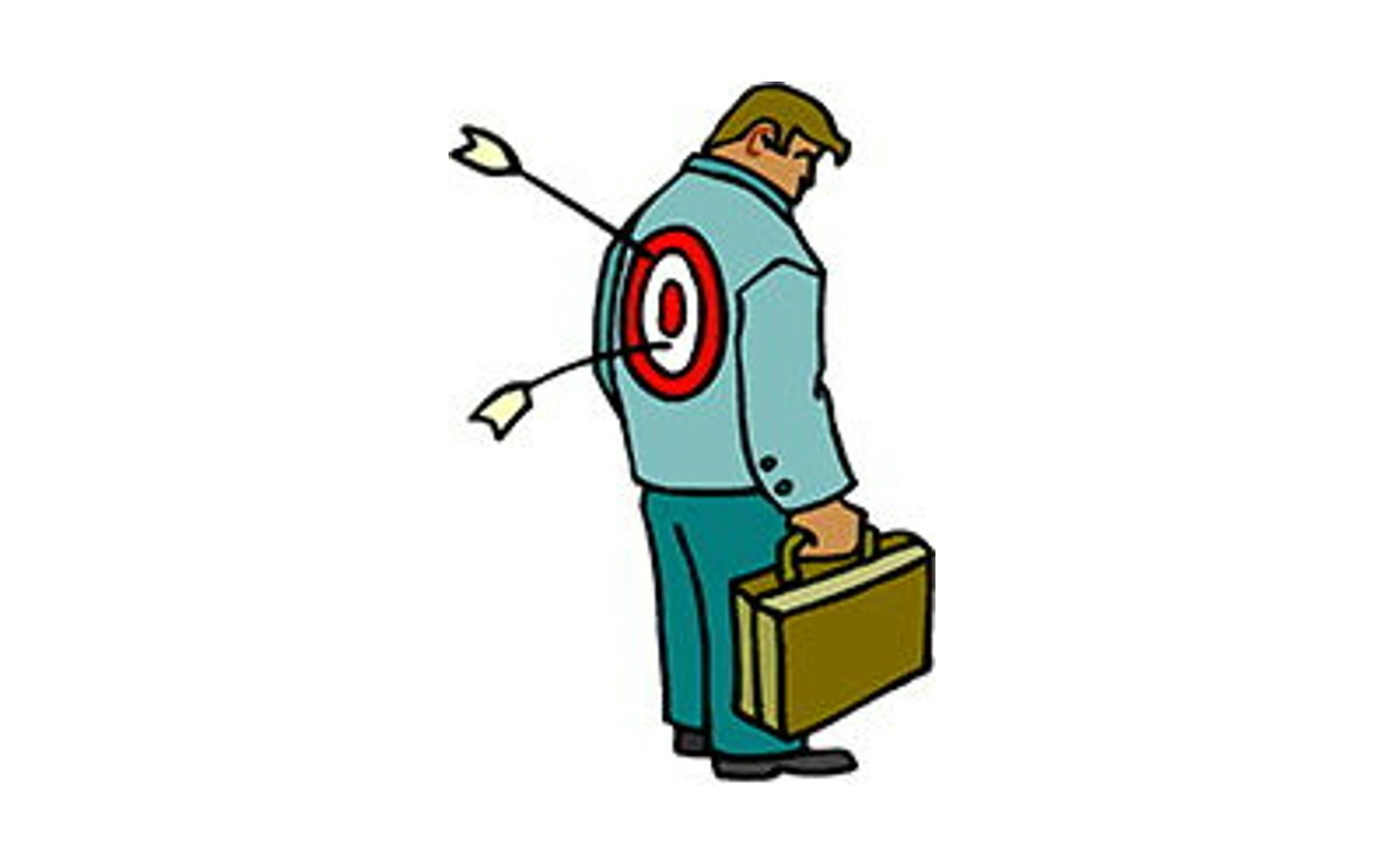Anybody who has ever managed an IT budget knows there is a target on their back; a financial target that is. An IT department’s budget is often viewed as exorbitant and therefore easy to slash in order to create more company profits.
You are often asked to defer or cancel maintenance, sweat assets beyond their useful life, reduce your capital budget and maybe even defer projects that do not directly benefit revenue growth. This may be acceptable in the short term, but over the mid and long term it will likely:
- Introduce security risks as systems become unsupported by the manufacturers
- Cause lost productivity for employees because old technologies don’t have the performance to efficiently run the more demanding new applications
- Reduce the reliability of systems because they fail more frequently as they age
- Increase labor costs because older technologies will demand more attention to keep running
- Result in brain drain because employees will leave to go to companies where they can keep their skills current
Don’t you think it would be more valuable to focus on generating long term value instead of short-term savings?
I have found a more successful approach which is to proactively promote and sell new technologies to the C-Suite. Partner with the businesses to find ways IT can grow the top-line for the company and improve the customer experience. This will make IT a value-added service instead of a cost center. In addition, this drives employee engagement higher as they consult with businesses, implement new technologies and become leaders in their field.
I have also found that partnering with the CFO is key. Every asset in the IT budget has a useful life. This is not about the number of years it will depreciate/amortize or how long until you sweat it to death. This is about finding the point in the assets’ life where the cost to run it is more than the cost to replace it. With the help of the Finance team, you can determine the Total Cost of Ownership (TCO) which should include items such as:
- Electricity to run it
- HVAC to cool it
- Cost for its data center U’s
- Cost per Incident and the number of Incidents
- Cost per Change and the number of Changes
- The business labor cost for using the technology
- Depreciation/Amortization
- Maintenance
- Cost of cloud and SaaS services
Once you have the TCO, calculate the same for the new technologies/solutions that are available. More often than not the CFO and I have found that there comes a point in time where replacing the asset is more cost effective than continuing to sweat it. With these details you can build a Business Case with a positive ROI and the CFO’s backing to sell to the C-Suite to secure the funding needed to replace the asset. In addition, this also drives employee engagement higher as they see they are on a winning team, implementing new technologies and becoming leaders in their field.
Are there more ways to save money without painful sacrifices? Absolutely, contact me and I’ll be happy to discuss how.
Regards,
Andy
Written by Andy Smith, asmith@penonpartners.com, Practice Leader – Global IT Operations Excellence Consulting at Penon Partners
Thank you for your active reading – Discover our services and why Penon!

